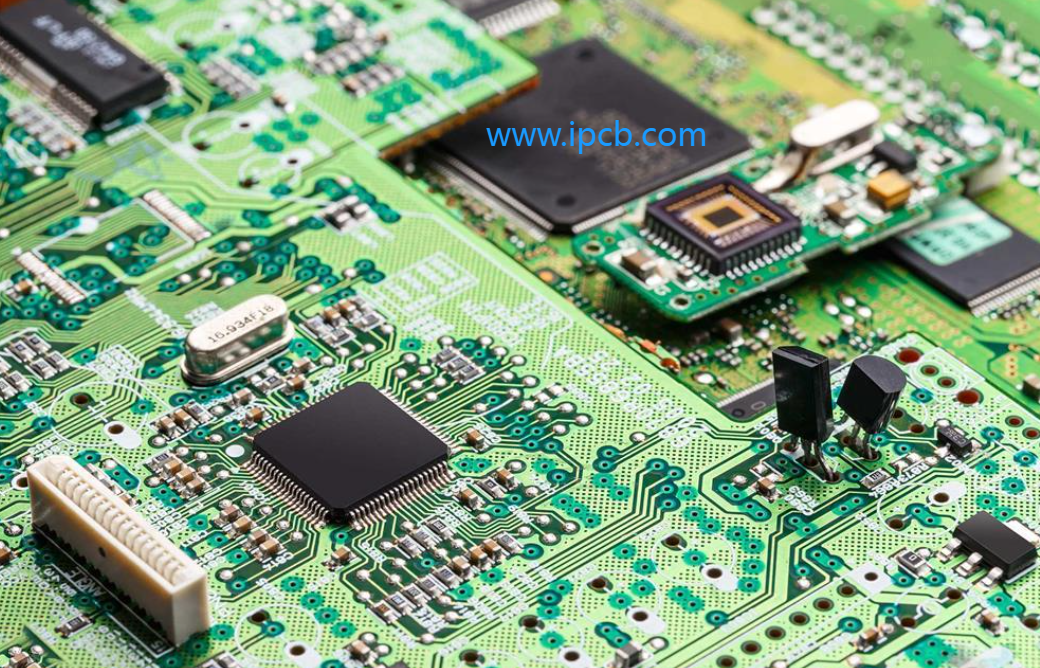- 06
- Mar
The Evolution and Advantages of Printed Circuit Board
Introduction:
Printed Circuit Boards (PCBs) are the unsung heroes of modern electronics, quietly powering the devices we rely on daily. These intricate boards serve as the backbone of electronic circuits, facilitating connections and support for a myriad of components. Let’s delve deeper into the world of PCBs and uncover their significance in shaping our technological landscape.

Structure and Composition
At the heart of every PCB lies a carefully crafted structure designed to optimize functionality and performance. Typically composed of a non-conductive substrate, such as fiberglass, PCBs feature a thin layer of conductive material, often copper, on one or both sides. Engineers employ a meticulous etching process to carve out pathways, known as traces, within the conductive layer. These traces serve as the conduits through which electrical signals traverse the board, seamlessly linking various components.
Advantages of PCB Utilization
The adoption of PCBs in electronic devices heralds a host of advantages that propel innovation and efficiency:
- Compactness: PCBs enable the miniaturization of circuits, allowing electronic devices to shrink in size and become more portable. This compactness revolutionizes industries, from consumer electronics to medical devices, by enhancing usability and convenience.
- Reliability: PCBs mitigate the risk of loose connections and short circuits, ensuring the reliability and longevity of electronic devices. By providing stable platforms for component integration, PCBs bolster device performance and user confidence.
- Efficiency: The precise pathways carved into PCBs facilitate efficient transmission of electrical signals, minimizing signal loss and interference. This optimization enhances device functionality and responsiveness, meeting the demands of modern applications.
- Cost-effectiveness: Mass-production of PCBs renders them a cost-effective solution for electronic device manufacturing. Economies of scale drive down production costs, enabling widespread accessibility to cutting-edge technology.
Evolution and Sustainability
As technology progresses, PCBs undergo continual evolution to meet the evolving demands of consumers and industries. The quest for smaller, more efficient electronic devices fuels the development of advanced PCB designs, pushing the boundaries of innovation. Moreover, there is a growing emphasis on environmental sustainability, driving the adoption of eco-friendly materials and manufacturing techniques in PCB production. This commitment to sustainability underscores the industry’s dedication to responsible stewardship of resources and the planet.
In conclusion, Printed Circuit Boards stand as indispensable components in the realm of modern electronics, facilitating seamless connectivity and functionality. Their compactness, reliability, efficiency, and cost-effectiveness propel innovation and drive technological progress. As we navigate an increasingly interconnected world, the evolution of PCBs continues to shape the future of electronic devices, ushering in an era of sustainability and advancement.
